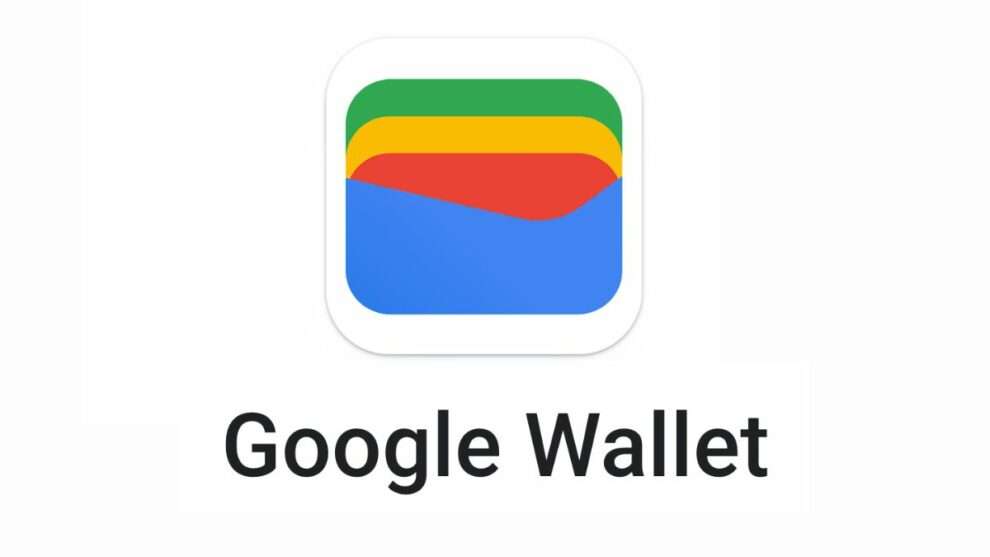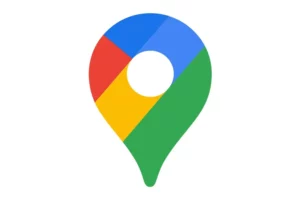Google Wallet, the tech giant’s all-in-one digital wallet solution, continues to gain momentum as it solidifies its place in the everyday lives of consumers. The platform has quietly become a cornerstone of Google’s ecosystem, evolving far beyond its origins as a simple payment tool. Now, with 11 new banks and credit unions joining the list of institutions supporting Google Wallet’s tap-to-pay functionality, the service is reaching even more users across the United States. This expansion underscores Google’s commitment to making Wallet not just a payments app but a comprehensive digital hub for IDs, loyalty cards, and more.
A Growing Network of Financial Institutions
The addition of these 11 banks and credit unions marks another step forward in Google’s mission to make contactless payments accessible to everyone. While last month saw an impressive influx of 22 new institutions, this latest update brings the convenience of tap-to-pay to customers from California to New York and numerous states in between. Among the newly supported institutions are Banco Davivienda (FL), Column National Association (CA), First Atlantic Federal Credit Union (NJ), and GESA Credit Union (WA), among others. Each of these organizations adds to the growing network of financial partners that recognize the value of integrating with Google Wallet.
For many users, this means they can now leave their physical wallets at home without sacrificing functionality. Whether it’s paying for groceries, splitting a bill at a restaurant, or simply tapping to board public transportation, Google Wallet offers a seamless experience that aligns with modern expectations for speed and convenience. And while Apple Pay often dominates headlines in the mobile payments space, Google’s steady progress ensures Android users aren’t left behind.
Beyond Payments: The Evolution of Google Wallet
What sets Google Wallet apart from other mobile payment solutions is its ambition to be more than just a way to pay. Since the retirement of Google Pay in the U.S. nearly a year ago, Wallet has emerged as the singular app for managing everything from credit cards to car keys. It’s no longer confined to transactions; instead, it serves as a centralized repository for digital IDs, boarding passes, event tickets, and loyalty programs.
One of the most notable advancements in recent months has been the integration of state-issued IDs into Google Wallet. Several states already allow residents to store their driver’s licenses or state IDs digitally, streamlining processes like airport security checks and age verification at retail locations. For frequent travelers or those who prefer minimalism, having a virtual ID stored alongside payment methods eliminates the need to carry bulky wallets or risk losing important documents.
Loyalty cards have also seen significant upgrades within the app. Earlier this week, some users reported being prompted to “upgrade” their existing loyalty cards within Google Wallet. This feature allows retailers to send real-time updates directly to the app, such as reward point balances or promotional offers. For example, CVS shoppers can now view their ExtraCare rewards status instantly, ensuring they never miss out on discounts or perks. These enhancements demonstrate how Google is transforming Wallet into a dynamic tool that adapts to individual preferences and behaviors.
Why Google Wallet Matters
In an era where convenience reigns supreme, Google Wallet addresses a fundamental need: simplifying daily interactions through technology. By consolidating multiple functions into a single app, it reduces clutter and enhances accessibility. But perhaps more importantly, it reflects Google’s willingness to invest in long-term projects that deliver tangible benefits to users.
Unlike some of the company’s experimental ventures—often referred to as “moonshots”—that fade into obscurity after initial hype, Google Wallet has earned its spot among enduring initiatives like Android, Chrome, and YouTube. Its continued development signals that Google views it not as a fleeting trend but as a vital component of the connected lifestyle. As smartphones increasingly replace traditional tools like wallets and keys, Google is positioning itself at the forefront of this shift.
Challenges and Opportunities Ahead
Despite its growth, Google Wallet still faces challenges in achieving widespread adoption. Competitors like Apple Pay benefit from tight integration with iOS devices, creating a frictionless experience for iPhone users. Meanwhile, Google must navigate the complexities of working with diverse financial institutions, each with its own technical requirements and regulatory considerations. However, the steady addition of new partners suggests that these hurdles are surmountable.
Moreover, there’s untapped potential in expanding Wallet’s capabilities further. For instance, integrating additional forms of identification—such as professional licenses or membership cards—could make the app indispensable for certain demographics. Similarly, enhancing support for international use cases would appeal to globetrotters who rely on their phones during travel.
A Vision for the Future
As Google continues to refine Wallet, it’s clear that the company envisions a future where physical wallets become obsolete. Imagine walking into a store, unlocking your car, or boarding a flight—all without reaching for anything other than your phone. With features like digital IDs, loyalty card upgrades, and car key functionality already in place, this vision feels closer than ever.
The latest round of bank integrations may seem incremental, but it represents a broader strategy to weave Google Wallet into the fabric of everyday life. Each new institution that joins the fold brings the app one step closer to ubiquity, reinforcing its role as a trusted companion for millions of users.
Google Wallet’s evolution from a basic payment tool to a multifaceted digital utility highlights the company’s ability to adapt and innovate. By partnering with 11 new banks and credit unions, Google is ensuring that more people can take advantage of its contactless payment system. At the same time, ongoing improvements to the app’s feature set underscore its potential to redefine how we interact with the world around us.
While it may lack the flashy allure of some of Google’s experimental projects, Wallet proves that sometimes the most impactful innovations are the ones that simplify our lives. As the app continues to grow and evolve, it will be fascinating to see what new functionalities—and conveniences—it brings to the table. For now, one thing is certain: Google Wallet is here to stay, and its influence will only continue to expand.
















Add Comment